Learning a bit of nuclear chemistry.
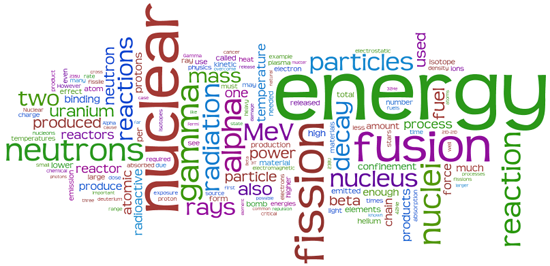
Source
Chemistry is a science that is dedicated to analyzing the modifications, properties, composition, and structure of matter. Considered as an evolution of the alchemy of antiquity, today chemistry is oriented to various specialties, each with a specific object of study.
You can talk about organic chemistry, inorganic chemistry, biological chemistry and analytical chemistry, among other branches. In this opportunity, we will focus on nuclear chemistry, which is oriented to the reactions that take place in the nucleus of an atom.
This means that nuclear fusion, nuclear fission, and radioactivity are within the scope of the study of nuclear chemistry. The knowledge of this branch of chemistry is very important in different industries, such as the energy sector, medicine, and food.
Nuclear Chemistry treats natural and artificial changes in atoms, specifically, in their nuclei, as well as the chemical reactions of substances that are radioactive.
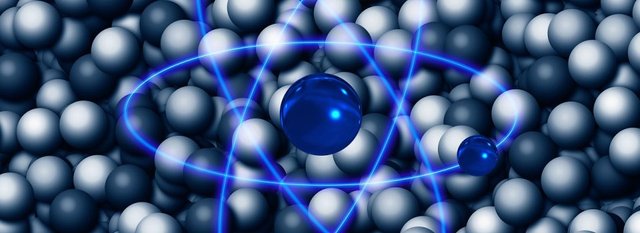
Source
Natural radioactivity is the most widely known model of nuclear chemistry. Within it they study the effects they cause on substances, radioactive emissions alpha, beta, and gamma.
Types of emissions:
The radioactive substances have unstable nuclei and are transformed into other nuclei by radiating alpha, beta or gamma particles.
- Alpha particles: Also known as alpha rays, they are ionized nuclei of He-4, this means that they do not have the corresponding electrons. They are formed of two protons and two neutrons. When the electrons are missing, the electric charge is positive.
This type of radiation is characteristic of isotopes with a high atomic number, such as uranium, radium, thorium, etc. Due to the high amount of mass of these particles, and thanks to the fact that they are emitted at high speed (around 107 m / s), when they collide with matter they lose their energy little by little, ionizing the atoms in this way, being able to Braking very quickly, being able to do it even with air or water. Due to this fact, they have little penetrating power, their interaction with the human body is not dangerous since they do not go through the skin, being able to be absorbed simply with a sheet of paper or a sheet of aluminum of 0.1 mm. thick.
Beta particles: Are electrons radiated at high speed (close to the speed of light), due to having less mass than the alpha particles, they have greater penetration power, being able to penetrate the skin of the human being, but they do not sufficiently penetrate to be absorbed by the subcutaneous tissues. These particles can be absorbed by 0.5 mm thick aluminum sheets or by 1 cm of water.
Gamma particles: They have the same nature as X-rays, but have a shorter wavelength. They are electromagnetic radiation with very high penetration power, much more than the alpha or beta particles, being able to traverse the human body without problems. These particles can be braked with a thickness of 1 meter of concrete or some cm. lead, due to this strong penetration power, when working with radioactive sources such as these should be used shields and adequate protection.

Source
Nuclear chemistry, in short, studies the modifications that occur naturally or artificially in the nucleus of an atom. It also analyzes the chemical reactions that radioactive substances have.
Among the radioactive substances that interest nuclear chemistry is the following:
Radon: A chemical element that is part of the noble gases, a group with properties such as that their atoms are not linked together (they are monatomic), are odorless, their degree of chemical reactivity is very low and are colorless. Radon is also insipid in its gaseous form. As a solid, it is not colorless but has a reddish appearance. Its symbol in the periodic table is Rn and its atomic number, 86;
The radius: This element is recognized in the periodic table by having the atomic number 88 and represented by the symbol Ra. Although it presents an unblemished white color, when it is exposed to the air it tends to blacken. This alkaline earth metal (a group to which calcium, magnesium, strontium, barium, and beryllium also belong) is considerably radioactive and is found in uranium mines;
Actinides: It is a group of elements also known as actinoids, which belong to the rare earth and are called internal transition, in the same way as the lanthanides. They receive their name from actinium, the first of the fifteen chemical elements that are part of this group, the last being the Lawrence (with atomic numbers from 89 to 103). All of them have similar characteristics, although those with a higher atomic number are not part of nature and their life cycle is half short.

Source
Nuclear reactions:
Nuclear reactions involve variations of atoms.
With exact techniques, you can find the mass of an atomic nucleus, which is formed by neutrons (which we call N), and a number of protons (which we call Z). Neutrons plus protons are called nucleons (to which we will assign the letter A), that is:
A = N + Z
It is also possible to isolate the mass of the proton and that of the neutron, calculating the mass of each one separately. Strangely, the sum of both masses is always greater than the sum of the masses of the nucleons that form a said nucleus.
The mass that is missing in these nuclei has been transformed into energy, as Einstein's famous equation explains:
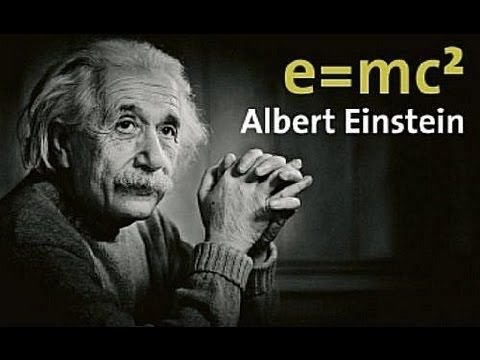
Source
Einstein says that the energy E, of a body, equals mass m, by the speed of light squared C 2. It shows in this way that when a quantity of mass disappears, the same amount of energy appears. The energy that "appears" is known as binding energy.
The binding energy per nucleon indicates the amount of mass lost by each nucleon present in the nucleus. It is known as the binding energy, split by the number of nucleons.
The binding energy per nucleon is not identical for all the elements, being for the nuclei lighter, small, and maximum for the medium-heavy nuclei iron type, but it becomes smaller with the heavier nuclei, such as those of the lead or the nucleus. uranium. This proves, that the nuclei more difficult to dissociate, are the medium-heavy nuclei, for example, the iron, because their loss of mass by nucleón is bigger.
Nuclear reactions are the transformations that take place in the atomic nuclei, which is to join or separate nucleons. The energy that is released in nuclear reactions is known as nuclear energy.
Because radioactive emissions are invisible, different methods have to be developed for the detection of radiation. Some of these methods are Photographic methods, fluorescent, for cameras, etc.
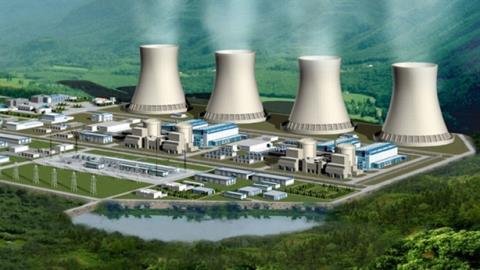
Source
On the other hand, it is necessary to use special equipment, and a well-known example for all our nuclear reactors, devices in which it is possible to generate a nuclear chain reaction. It must be carried out in a controlled manner and can be used to obtain energy in nuclear power plants, but also to produce fissionable materials, such as plutonium, which in turn is used in the manufacture of ships, nuclear weapons, and satellites, or for research purposes. As expected, in a nuclear power plant there is usually more than one reactor.
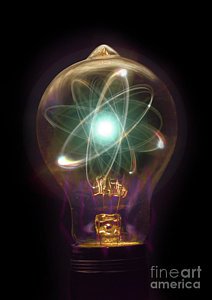
Source
Thanks to nuclear chemistry and nuclear physics, human beings have managed to harness nuclear energy for various purposes. This kind of energy is released from the fusion or fission of the atomic nuclei, processes that can be induced in a nuclear power plant.
The immense amount of energy that is released in these processes requires nuclear power plants to have important safety mechanisms since any accidents can be devastating.